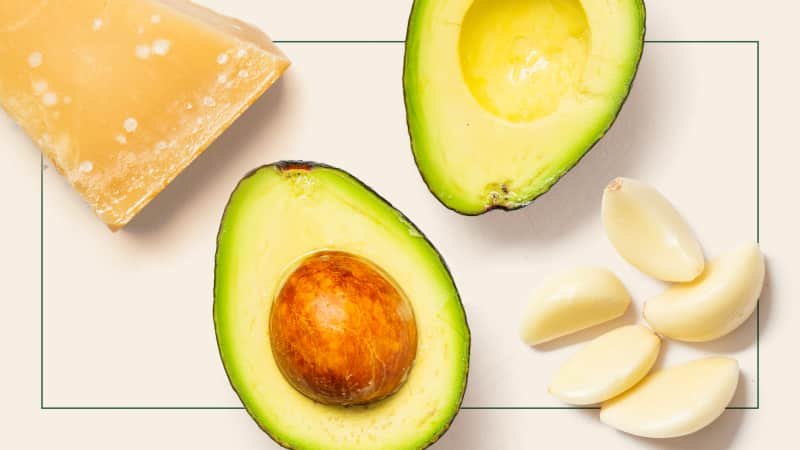Kevin asked: “What, exactly, are enzymes?”
Ask Paul: What Are Enzymes?
Published Jan. 5, 2022.

We do talk about enzymes a fair amount over here. But what are they all about?
Chemically, enzymes are proteins, and their specialty is helping other molecules to undergo chemical reactions. There are thousands of types of enzymes occurring naturally in plants, animals, microbes, and our bodies, and each one is specifically geared to facilitate a different reaction.
We care about enzymes because so much of cooking involves chemical reactions. Sometimes we want to encourage reactions, and sometimes we want to prevent them. Enzymes are the key.
Here are some of the enzymatic reactions we frequently come across in the kitchen.
A whole clove of garlic has a surprisingly subtle flavor, but the garlic we eat is seldom subtle. That’s because cutting, crushing, mashing, or chewing the clove allows chemical components that are stored separately to combine. A mild compound called alliin encounters an enzyme called alliinase, and instantly the enzyme starts to split the large alliin molecules into smaller molecules of allicin, which is extremely pungent. Over the ensuing minutes, allicin itself transforms into all of the different familiar potent garlicky flavor compounds.
In the kitchen, we sometimes try to prevent the reaction by cooking garlic whole or by treating it with acid, since high heat and low pH both minimize the activity of the enzyme. (Once garlic has been roasted, you can mash it as much as you want and it won’t develop any allicin pungency.)
A similar reaction happens when onions are cut: An enzyme called LF synthase combines with mild isoalliin and transforms it into lachrymatory factor (LF), the irritating compound that makes us tear up.
Sign up for the Cook's Insider newsletter
The latest recipes, tips, and tricks, plus behind-the-scenes stories from the Cook's Illustrated team.
A number of other foods also develop pungent flavor as a result of an enzymatic reaction when they’re broken open, including radish, horseradish, mustard seeds, and Brassica vegetables like broccoli rabe and cabbage, all of which contain an enzyme called myrosinase. The reaction is thought to be a defense mechanism, to produce repellent compounds if an insect or other pest injures the plant.
Polyphenol oxidase (PPO for short) is responsible for another set of reactions in plants: browning. When we cut an avocado or bruise a basil leaf, exposing its cellular innards to oxygen, PPO causes molecules called phenols to oxidize, becoming polyphenols. The result is darkening of exposed surfaces, as well as some flavor changes, such as the dull, swampy taste that develops in bruised herbs. Putting lemon juice on a cut avocado lowers the pH on the fruit’s surface, stops the reaction, and inhibits browning.
But not all enzymatic browning is bad: As regular readers may remember, these reactions are encouraged in tea leaves, as well as cocoa beans.
Plants aren’t the only organisms with enzyme activity, of course. Animal muscle contains enzymes called cathepsins that break down protein into amino acids. During aging of beef, these enzymes are active, causing the meat to become more tender and more flavorful. Because enzymes are more active at warmer temperatures, sous vide cooking of beef accomplishes some of the same effect in a shorter time.
Fish also contains cathepsins, but we generally don’t want fish muscle to turn tender in the same way as beef, so we’ve found that swordfish, for instance, should be cooked quickly so the enzymes don’t have a chance to make it mushy.
Fermentation involves numerous enzymes as well: the amylases that turn starch to sugar, the lipases that develop flavor from butterfat, the proteases that create umami, and many more.
